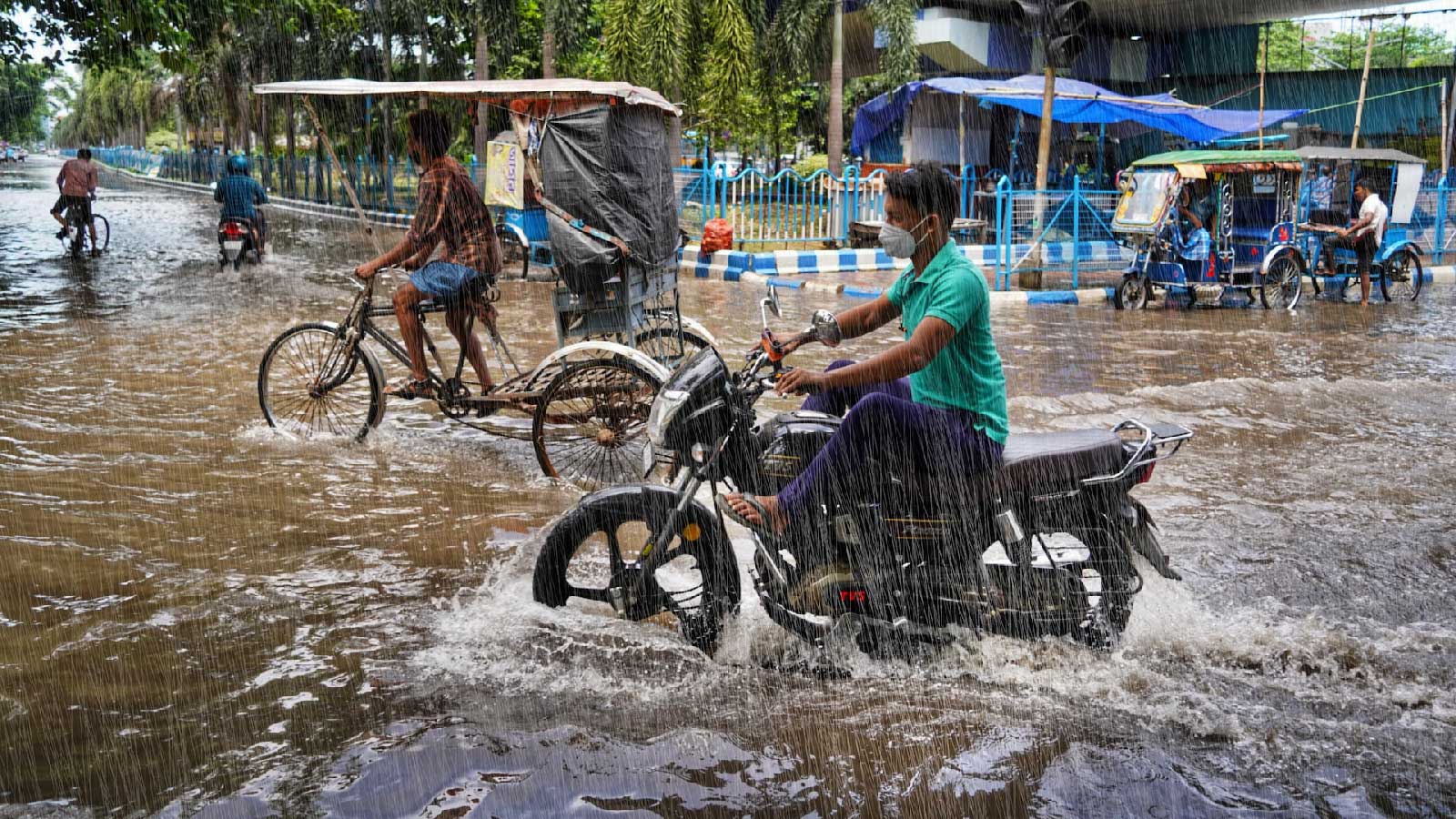By now, it’s clear, one result of global warming is more flooding. Considering only instances caused by torrential rainstorms (not hurricanes, glacial-lake outbursts, or other factors), here is a partial list of countries that had significant floods from 2022 and the first half of 2023: India, Pakistan, Bangladesh, China, Nigeria, Chad, the Democratic Republic of Congo, South Africa, Australia, Iran, Afghanistan, Saudi Arabia, Suriname, Brazil, Bolivia, Colombia, Peru, Paraguay, Uruguay, Venezuela, Chile, El Salvador, Guatemala, Honduras, Nicaragua, Costa Rica, Panama, the Dominican Republic, Haiti, Mexico, Canada, and the U.S. (including California, Nevada, Texas, Missouri, Kentucky, Virginia, and West Virginia, and Death Valley and Yellowstone National Parks).
And — to repeat — this is just floods caused by very heavy rainfall: the kind of floods discussed in the articles below.
For the basic science, see Climate Signals on extreme precipitation and floods or this explainer from Yale Climate Connections.
Floodlist is a terrific (user-friendly and extensive) collection of stories about global floods and efforts underway to deal with them and prevent the damage they can cause.
Here are a few especially good articles about rainfall floods, a sampling drawn from many possibilities. Each places one or more particular events (which have their own sets of immediate causes) in larger perspectives.
- “Climate change is shifting Europe’s flood patterns, and these regions are feeling the consequences” (Bob Berwyn, Inside Climate News).
- “Australia’s floods: what the disaster tells us about a climate crisis future” (podcast featuring the Guardian’s environmental reporter Graham Readfearn). On the same events: “Thousands of Australians evacuated as ‘phenomenal’ rain, severe flooding plague country” (Matthew Cappucci, Rachel Pannett, and Jason Samenow, Washington Post).
- “Fort Lauderdale was inundated with a third of its annual rainfall within hours” (Tim Craig, Scott Dance, Andrew Jeong, and Matthew Cappucci, Washington Post).
- And a collection of informative pieces about California’s atmospheric rivers:
About dollar costs and insurance:
About health effects:
About the many inequities exposed and exacerbated by such floods:
One main reason to learn about these floods is to better prepare for them, and ways to do that are addressed throughout the articles collected above. Here is one more story that goes into detail about a promising option, working with rather than against nature: “Making room for the river: communities look at nature-based solutions” (Brittney J. Miller, Eva Tesfaye, Halle Parker, and others, The Post and Courier). Doing an internet search for “room for the river” will call up related stories about other places, especially the Netherlands.
Source link


